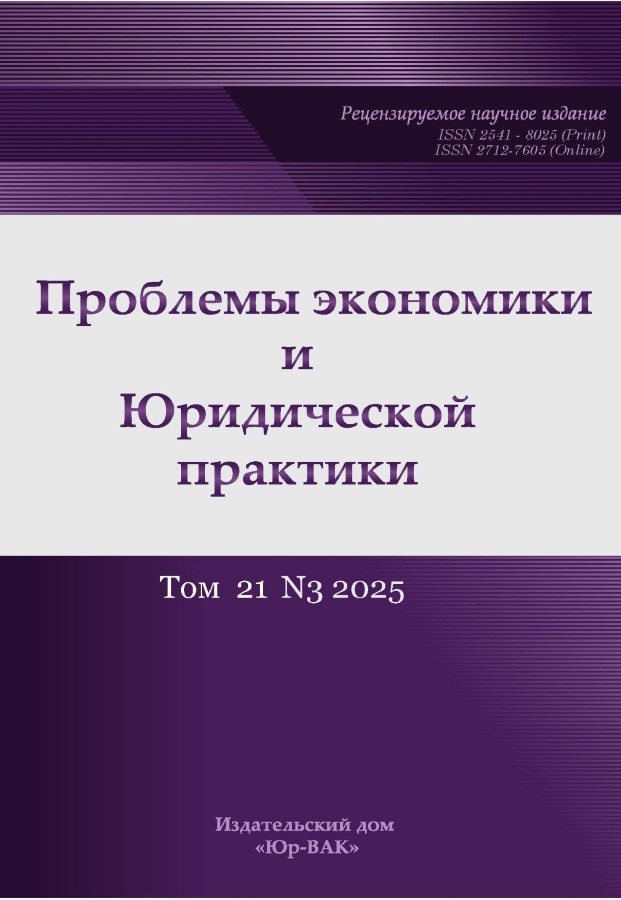Analysis of Tax Risks and Methods of Optimization of Taxation of Organizations
- Authors: Moroz V.V.1, Osipov V.S.1
-
Affiliations:
- Financial University under the Government of the Russian Federation
- Issue: Vol 21, No 3 (2025)
- Pages: 216-221
- Section: Regional and Sectoral Economics
- URL: https://journals.eco-vector.com/2541-8025/article/view/688201
- EDN: https://elibrary.ru/QMKACN
- ID: 688201
Cite item
Abstract
In the conditions of dynamic development of the economy and constant changes in tax legislation, the analysis of tax risks and methods of optimization of taxation of organizations acquire special relevance. In this regard, an urgent task is the development and implementation of transparent and legally sound methods of tax planning, allowing the organization to reduce tax costs without violating the requirements of the legislation. This article presents a comprehensive study of tax risks arising in the activities of organizations, as well as developed methods of tax optimization aimed at reducing the tax burden and minimizing financial losses. Particular attention is paid to the legal mechanisms that ensure the legality of optimization strategies. Recommendations for improvement of managerial decisions allowing to provide stable development of the organization in the conditions of changing tax legislation are formed.
Keywords
Full Text
About the authors
Viktor V. Moroz
Financial University under the Government of the Russian Federation
Author for correspondence.
Email: mvv88@list.ru
SPIN-code: 4495-5016
Scopus Author ID: 711320
Cand. Sci. (Econ.), Associate Professor, Professor of the Department of Taxes and Tax Administration of the Faculty of Taxes, Audit and Business Analysis
Russian Federation, MoscowVladimir S. Osipov
Financial University under the Government of the Russian Federation
Email: vladimir83oss@mail.ru
SPIN-code: 5975-4401
Scopus Author ID: 806774
Cand. Sci. (Econ.), Associate Professor, Associate Professor of the Department of Taxes and Tax Administration of the Faculty of Taxes, Audit and Business Analysis
Russian Federation, MoscowReferences
- Altudov Y. K. The concept of tax optimization, tax minimization and tax evasion // Perspective innovative projects of young scientists. 2022. pp. 259–260.
- Bazorov N. P., Sagarev I. Yu. Tax optimization: legal and illegal methods // Vestnik nauki. 2024. №5 (74). pp. 70–74.
- Bryantseva, L.V. Analysis and assessment of risks of optimization of taxation of economic entities / L.V. Bryantseva, A.S. Orobinsky, V.H. Fonseka // Bulletin of Voronezh State Agrarian University. —2021. —V. 14, № 3(70). —pp. 134–140.
- Maksimov, N.S. Analysis and assessment of tax risks in order to optimize the tax burden of the organization / N.S. Maksimov // Bulletin of Eurasian science. —2024. —V. 16, No. S1.
- Soshko, I. A. Tax optimization: to the theory of the issue // Oeconomia et Jus. 2016. №2. pp. 25–29.
- Tufetulov, A.M. Tax risks of economic entities / A.M. Tufetulov, A.I. Khairullova, A.R. Khafizova, V.I. Nasyrova // Financial Economics. —2021. —№ 11. —pp. 285–290.
Supplementary files










